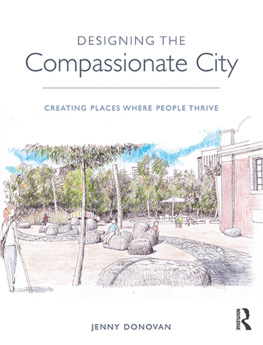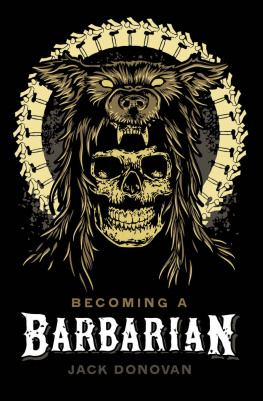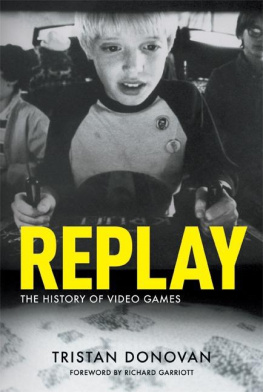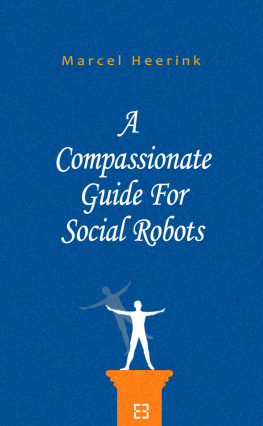First published 2018
by Routledge
711 Third Avenue, New York, NY 10017
and by Routledge
2 Park Square, Milton Park, Abingdon, Oxon, OX14 4RN
Routledge is an imprint of the Taylor & Francis Group, an informa business
2018 Taylor & Francis
The right of Jenny Donovan to be identified as author of this work has been asserted by her in accordance with sections 77 and 78 of the Copyright, Designs and Patents Act 1988.
All rights reserved. No part of this book may be reprinted or reproduced or utilised in any form or by any electronic, mechanical, or other means, now known or hereafter invented, including photocopying and recording, or in any information storage or retrieval system, without permission in writing from the publishers.
Trademark notice: Product or corporate names may be trademarks or registered trademarks, and are used only for identification and explanation without intent to infringe.
Library of Congress Cataloging-in-Publication Data
A catalog record for this book has been requested
ISBN: 978-1-138-56270-7 (hbk)
ISBN: 978-1-138-18387-2 (pbk)
ISBN: 978-1-315-64555-1 (ebk)
Typeset in Sabon
by Apex CoVantage, LLC
16
Designing the Compassionate City
This chapter suggests a set of principles and a process that may help designers make informed design decisions and avoid or overcome the obstacles noted in the previous chapter. The ideas here are not intended as the last word on how to design. Instead they are offered as a pair of spectacles by which design issues can be revealed and peoples relationship with their surroundings given due consideration.
Design Principles
The values that designers bring to their work echoes in the outcome of that work. Embedding messages into the built environment that help people to meet their needs suggests a commitment to the following values:
Facilitate Choice
The compassionate city facilitates people to self-determine where and how they can best meet their needs. This has two dimensions:
The first requires that every person can get to places where they can access a wide variety of experiences and opportunities that allow them to meet whatever needs are most pressing at the time. The second requires that wherever possible each of the places can be used in more than one way without conflict. In turn this also means the people using these public places can feel confident that their rights will be respected and they are aware that they have a responsibility to share that space with others who might use it differently.
Privilege Needs-Fulfilling Behaviours
As noted throughout this book, people typically interpret their surroundings as inviting particular behaviours and discouraging others which happen under sufferance, if at all. The inhabitants of many towns and cities might be forgiven for feeling that the urban space they share reflects their government and the wider communitys preference that they drive and play indoors. They may feel that walking, cycling or playing outside was frowned upon.
In the compassionate city, the messages broadcast by the built environment explicitly and implicitly prioritize needs-fulfilling behaviours ().
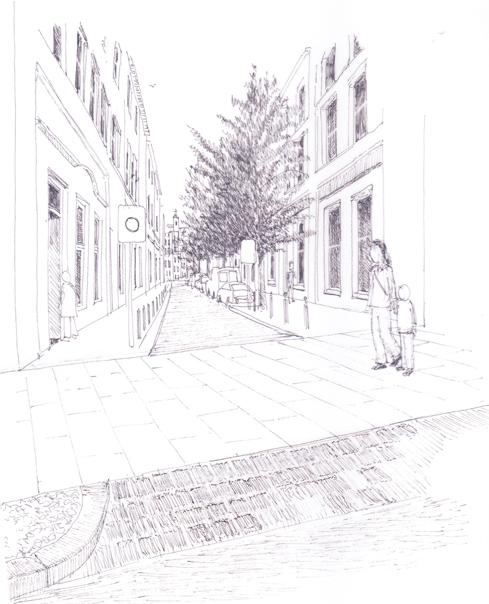
Privileging Walking in Porto, Portugal
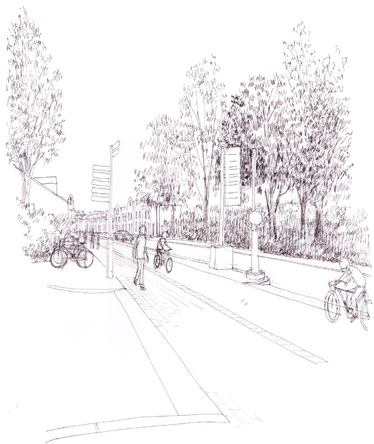
Privileging Walking in Amsterdam, The Netherlands
Get the Balance Right Between the Designer, Stakeholders and the Wider Community
The default position of the compassionate city is that decisions are made at the closest competent level to those impacted by actioning that decision, reflecting the principle of subsidiarity. Professional urban designers have design and organizational skills that can be harnessed to help people to move towards realizing a shared, exciting, implementable and enduring vision for their community. For this to happen these skills need to be applied in a respectful and sensitive manner and at the appropriate times in a process that also makes the best use of the skills and insights of the community. Achieving this raises many challenges.
The design process should promote the inclusion of all parties, particularly those who tend not to get involved and feel participation is not for them, without forcing it onanyone. In different contexts, those excluded can be women, children and minorities of different types. The designer(s) will need to lead all the participants through a process of clarifying the issues and envisaging what positive and sustainable change means for them and then outline a pathway to realizing that change. From this perspective the urban designers role is to be an accessible two-way conduit, sharing information, revealing the process so people can see how each step leads to the next and cultivating a shared vision that excites or reassures people about what will happen, as far as is possible. This will require the designer to understand and then align diverse agendas where possible, reassure those with diverging views and create a conducive environment for people to make their own contribution.
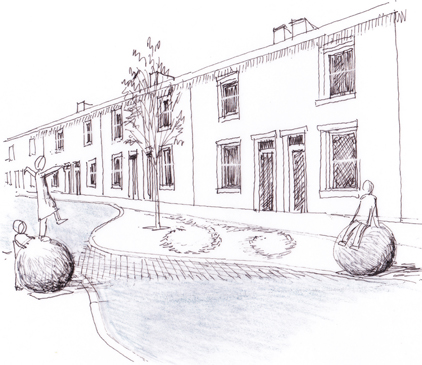
Privileging Play Over Vehicles, Northmoor, Manchester, UK
The process requires a careful balancing act. The designer(s) have to have intellectual humility, valuing the inputs of everyone. This requires that the designers invest emotional capital into ensuring people feel engaged and respected. There are many considerations to achieving this but experience suggests that the key elements are ensuring the process is explained and understood, everyones roles and responsibilities are made clear, and their contributions are treated with respect. Designers will also need to demonstrate they are willing to adapt their views as new information comes to hand and take the time to explain changes and confirm their understanding with the participants.
However, as urban designers, we also need to back ourselves. We will (hopefully) have insights that lay people will not have. We serve no one by merely unquestioningly taking ).
Create a Low Threshold of Engagement
Unfortunately for many people living in many cities, management policies, cost, lack of confidence, poor awareness, inexperience, bureaucracy or professional opacity effectively concentrate the power to change things in a relatively small, often distant group of professionals and politicians. In such a place, the point at which it becomes possible to participate in and contribute to civic lifethe threshold of engagementis high and cant be reached with the skills and resources of most people.
The compassionate city seeks to diminish these barriers and in doing so lower the threshold and enable more people to accrue experience of taking control and achieving satisfaction from contributing to their well-being and that of their families and communities.
This requires that projects have many figurative front doors, offering a variety of opportunities to contribute and share a project in its planning, implementation, use or management. The Tower Hamlets Cemetery Park is an excellent example of a project that has a low threshold of engagement. Its inclusive management philosophy and the variety of tasks needed to maintain it allows opportunities to engage at many different levels of skill and availability.

